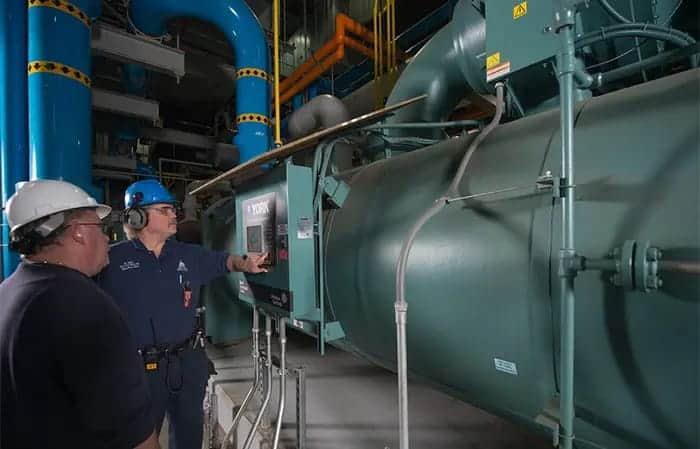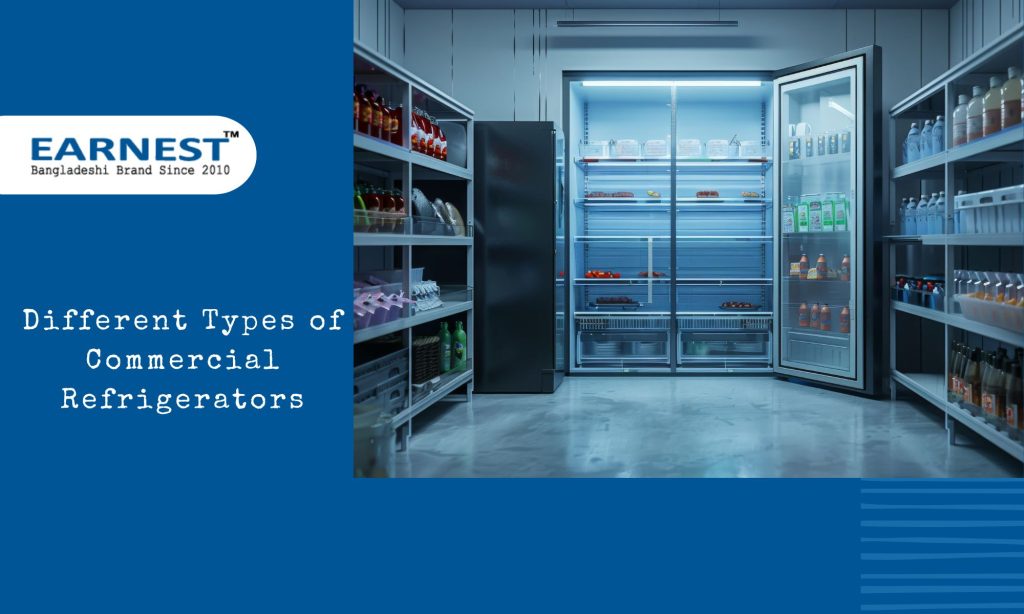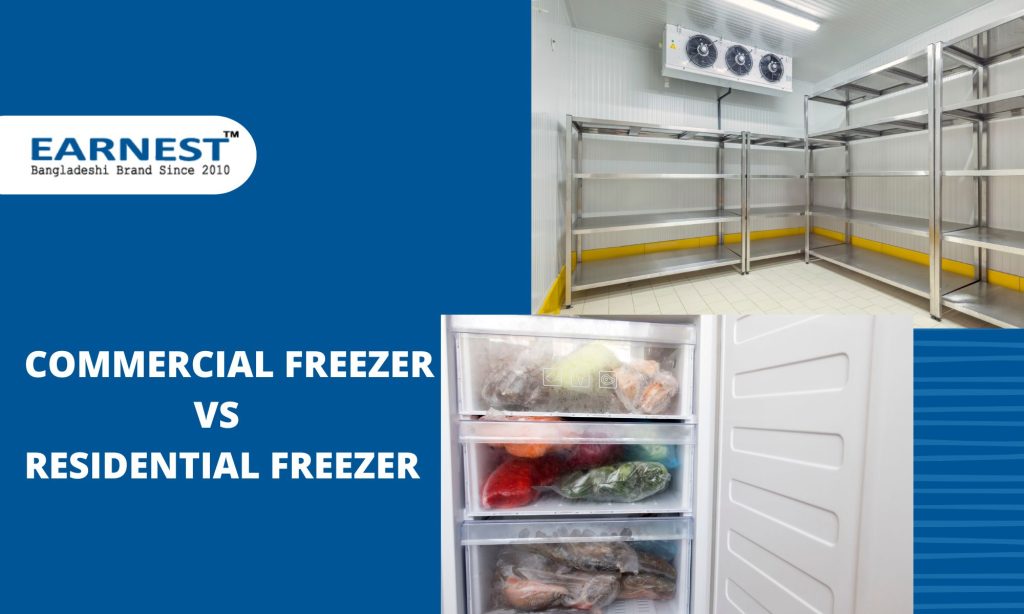HVAC systems are efficient heating and cooling equipment built-in ones. The technology employs different components, aiding in the constant movement of air, indoors and outdoors.
The responsibility of any professional company calls for the production of top-notch HVAC systems. From manufacturing to the utilization of raw materials, the system must comply with international quality standards and perform optimally under strenuous conditions.
It is important to test the precision of each component, according to international requirements so as to ensure complete productivity.
The standard of quality exhibited in a leading cooling tower manufacturer in Bangladesh ensures cost-effective units that contribute to the general design and parameters of the entire unit.
Understanding The Air Conditioning Segment Of The HVAC System
The air cooling segment of any HVAC system consists of a few essential elements, namely:
- The Chiller
- The Cooling Tower
- The Air Handling Unit
- The various pumps involved
These components work in tandem to accomplish the cooling task, providing consistently comfortable conditions wherever you make use of them.
Chillers can be of two basic types – depending on where they are present and how they discard the unnecessary heat generated in the building.
Air-cooled chillers, located on the rooftop in the city Like Dhaka, Chittagong, Comilla, and Shylet, utilize the surrounding cool air and continue circulating it over the condenser to keep it cool. This allows the removal of unwanted heated air from the building. They do not find it necessary to employ cooling towers.
As for the basement-situated water-cooled chillers, they generate chilled water and regulate it continues to allow the condenser to keep indoors chilled.
Also Read: 6 Basic Industrial Chillers Maintenance Tips You Should Know
Decoding The Working Of The Air Cooling Segment
The Chiller
The water-cooled chiller consists of two large cylinders, corresponding to an evaporator and a condenser.
- The evaporator utilizes chilled water that measures approximately 6° C when pushed out into the risers by the chilled water pump.
- The risers are pipes running along with the height of the building and branching off on every floor.
- The chilled water flowing in the risers branches off on separate floors into smaller pipes leading to the Air Handling (AHU) and Fan Coil Units (FCU).
The Air Handling Unit
- Consisting of powerful fans enclosed in boxes, the air handling unit pulls in the heated air from inside the building. Further, blows it across the cooling coil to lower its temperature.
- This cooled air is then pushed back into the building by the air handling unit.
The chilled water, after branching out from the main risers, enters the air handling unit. Here, it flows through the cooling coils. The chilled water then absorbs the heat from the air being blown across it by the air-handling fans.
Absorbing the heat from the air implies that the chilled water now measures approximately 12° C. Also, the air gradually turns cooler by losing its heat.
The warm chilled water then returns to the evaporator through the return risers, where the refrigerant absorbs the heat from it, sending it over to the condenser.
Also Read: How Does A Commercial Dehumidifier Work?
The Cooling Tower
Similar to chilled water, a loop of water, called condenser water, actively collects heat from the refrigerant. It then stores this in the condenser. This stream of water, having reached approximately 32° C, will then leave the condenser and heat to the cooling tower to discharge its heat.
Located on the open roof, the cooling tower consists of a powerful fan that blows cool air into the unit. The condenser water is guided to this part of the unit, where it is subjected to cool air.
The cool air absorbs the heat from the condenser stream. It then sends cooled condenser water back into the condenser to collect more heat from the system.
Video Credit – The Engineering Mindset
Relying On Professional Services
Investing in an HVAC system is no modest undertaking! The perks of relying on professionals are the warranted quality. Also, it is an unparalleled commitment to your specifications. Whether it is simple consultations or major annual check-ups, avail professional services from an experienced HVAC company in Bangladesh. This gives you the benefit of long-lasting equipment working efficiently without causing breaks in revenue production and manufacturing operations.






